Dragon is a common image around the world. However, the dragon symbolism meanings differ a lot between the East and the West.Maybe you want to know more about the differences and origins? Here you can find the answer after reading this blog!
The MEANING of DRAGON SYMBOL in WESTERN CULTURE
In the West, dragons symbolize evil and ferocious. They’re huge lizard-like beings with horns, bat-like wings, four legs, and a long, muscular tail. Different kinds of dragons often have their own symbolic meanings and special talents. For example, the red dragon symbolism is about fire and passion, representing passion and impulse. The red dragon may be interpreted as a symbol of the devil or evil.Often protecting a cavern or castle filled with treasure, they are usually associated with a great hero who eventually kills them. Sometimes there is a beautiful princess waiting for the rescue. Actually, the word “dragon” comes from the Greek word “draconta”, which means “to watch”, suggesting dragons watch or guard treasures.
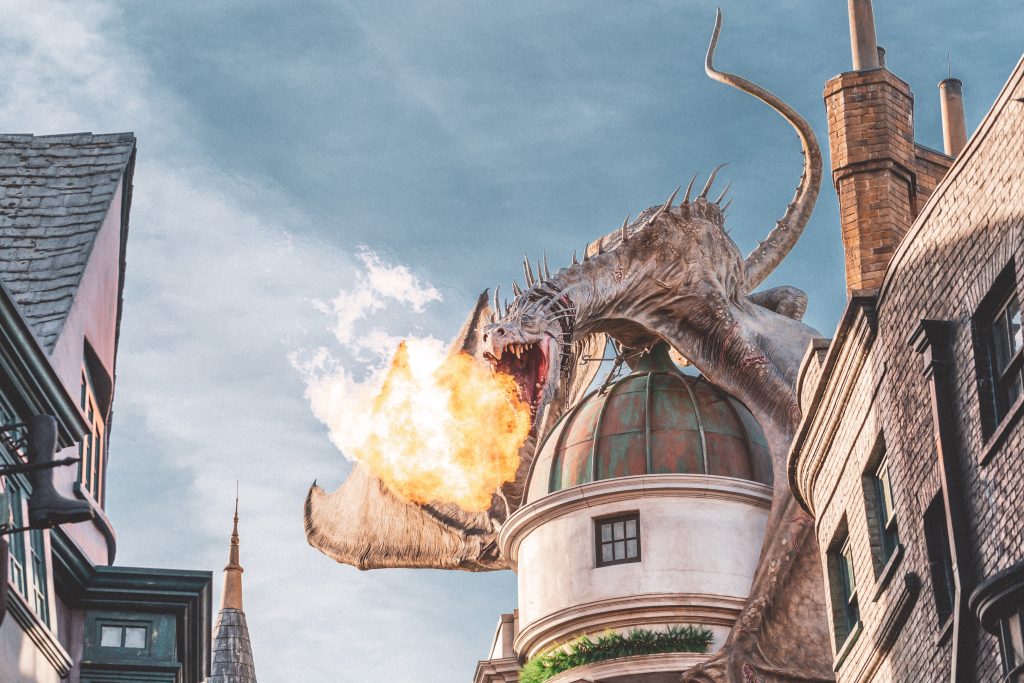
These mythical creatures have left an indelible mark on western cultural imagination, inspiring countless stories, movies, and artworks, such as House of dragon, Game of Thrones, Dragonriders of Pern and so on. The dragon also appears in the daily dressing, on our clothes, rings and pendants.
CELTIC DRAGON STAINLESS STEEL RING
THE ORIGIN OF DRAGON IN THE EAST?
Chinese dragons spread along with Buddhism to other Asian countries. Asian dragon symbolism originates from China. So dragon symbolism in the East almost equals the dragon symbolism in China. The origin of dragons in China can be traced back to ancient mythology and cultural beliefs. Chinese dragons have a rich and multifaceted history, deeply rooted in the country’s folklore and ancient texts. The dragon in Chinese dates back thousands of years, with early depictions found in oracle bone inscriptions from the Shang Dynasty (16th to 11th centuries BC). These early representations portrayed dragons as powerful and revered creatures associated with weather phenomena, particularly rain and water.
Unlike the malevolent and destructive dragons found in some Western folklore, Chinese dragons were seen as benevolent and divine beings that brought blessings and prosperity.In Chinese mythology, dragons were often associated with deities and celestial beings. They were believed to have the ability to control the elements and were revered as protectors of the land and its people. Chinese emperors considered themselves as “Sons of the Dragon,” linking their legitimacy to the divine power of the dragon.

The image of the Chinese dragon continued to evolve throughout history, with its iconic features, such as the long serpentine body, antler-like horns, whiskers, and clawed feet, becoming standardized in traditional Chinese art and architecture.
To this day, dragons remain an integral part of Chinese culture, deeply ingrained in various aspects of life, from art and literature to celebrations and beliefs, like dragon-dance. Their very existence embodies the profound influence of mythical creatures on the collective consciousness of a nation and is a testament to the enduring power of cultural symbolism.

WHAT IS THE DRAGON IMAGE IN THE EAST?
The Dragon is believed by the Chinese to present power and excellence and determination, dignity and divinity. A dragon is believed to have the powers to overcome obstacles to see success. Dragon symbolism in China is spirited, confident, enthusiastic, intelligent and determined. They are a sign of royalty and wealth. Chinese Emperors in the past were believed to be the reincarnation of the mighty dragons. According to history writing, the Dragon was an imperial symbol during the Tang Dynasty. The emperor and high officials wore robes with dragons on them. Some types of dragons were reserved for the emperor only.
On the other hand, the dragon images are often associated with the snake images. When the Chinese came across the idea of a Naga in Buddhist scripture, it was natural for them to translate it as the word “lung”, which is the Chinese language for dragon, since Chinese dragons have a snake-like appearance. There are also monsters in Egyptian mythology that are believed to be dragons or snakes.
COILED SNAKE STAINLESS STEEL RING
The Dragon holds a significant place in the hearts of Eastern cultures, especially in China, where its symbolism is deeply ingrained. Representing power, courage, and determination, the Dragon is revered for its spirited and intelligent nature. It’s believed to possess the ability to surmount obstacles and bring about success, making it a cherished emblem of excellence.
In Chinese tradition, the symbolism of the dragon in Chinese culture is associated with royalty and wealth. The ancient belief in the emperors being the reincarnation of mighty dragons further accentuates its significance. Historical accounts recount how during the Tang Dynasty, the Dragon became an imperial symbol, adorning the robes of emperors and high-ranking officials, with certain dragon designs exclusively reserved for the emperor.
WHAT’S THE JAPANESE DRAGON SYMBOLISM?
Among Asian countries, Japan is also rich in dragon culture. As Chinese culture spread to Japan, the Japanese dragon developed its own mythology and meaning in its native land. Japanese dragons are mythical creatures with both benevolent and malevolent traits, often serving as guardians of natural elements. They control rain, fire, and the earth, ruling from the sky and bodies of water. Depicted as slender, long, and wingless, dragon symbolism in Japan is strength, courage, and magic. They appear in various art forms, tattoos, Buddhist temples, and Shinto shrines, intertwined with god.
CONCLUSION
Overall, the Dragon images in the East resonate strongly, representing a blend of cultural heritage, spiritual significance, and the eternal pursuit of prosperity and greatness.
Thank you for reading. If you want to read more articles about dragon symbolism, read here. Or you can just read our previous posts here.
Alicia
Alicia is a passionate writer with degrees in English and American Literature. Her journey through the worlds of fashion, culture and design is as fascinating as her literary pursuits. Beyond literature, Alicia is equally an optimist who loves life. Whether it's photography, knitting, pottery, or yoga, she's willing to try it all. Beyond trends and labels, she advocate for sustainability and ethical fashion practices. She believe in the power of conscious consumerism, and she strives to highlight brands that prioritize environmental responsibility and social impact.
Recent Posts
A Guide to How to Train Your Dragon Species
06/24/2025How to Style Baggy Jeans
06/17/2025Grunge Aesthetic: A Style Revolution
06/03/2025Categories
Related Articles
A Guide to How to Train Your Dragon Species
Welcome, fellow dragon enthusiasts and aspiring Viking trainers! Have you ever wondered...
ByAlicia06/24/2025Grunge Aesthetic: A Style Revolution
The world of fashion is a cyclical beast, constantly re-inventing and re-interpreting...
ByAlicia06/03/2025What Is Health Goth
In 2024, “Health Goth” which is hot in 2010s gets back from...
ByAlicia05/27/2025Dragon Rings: From Mythology to Modern Symbolism
The dragon, a mythical creature revered across cultures, has long been a...
ByAlicia03/18/2025

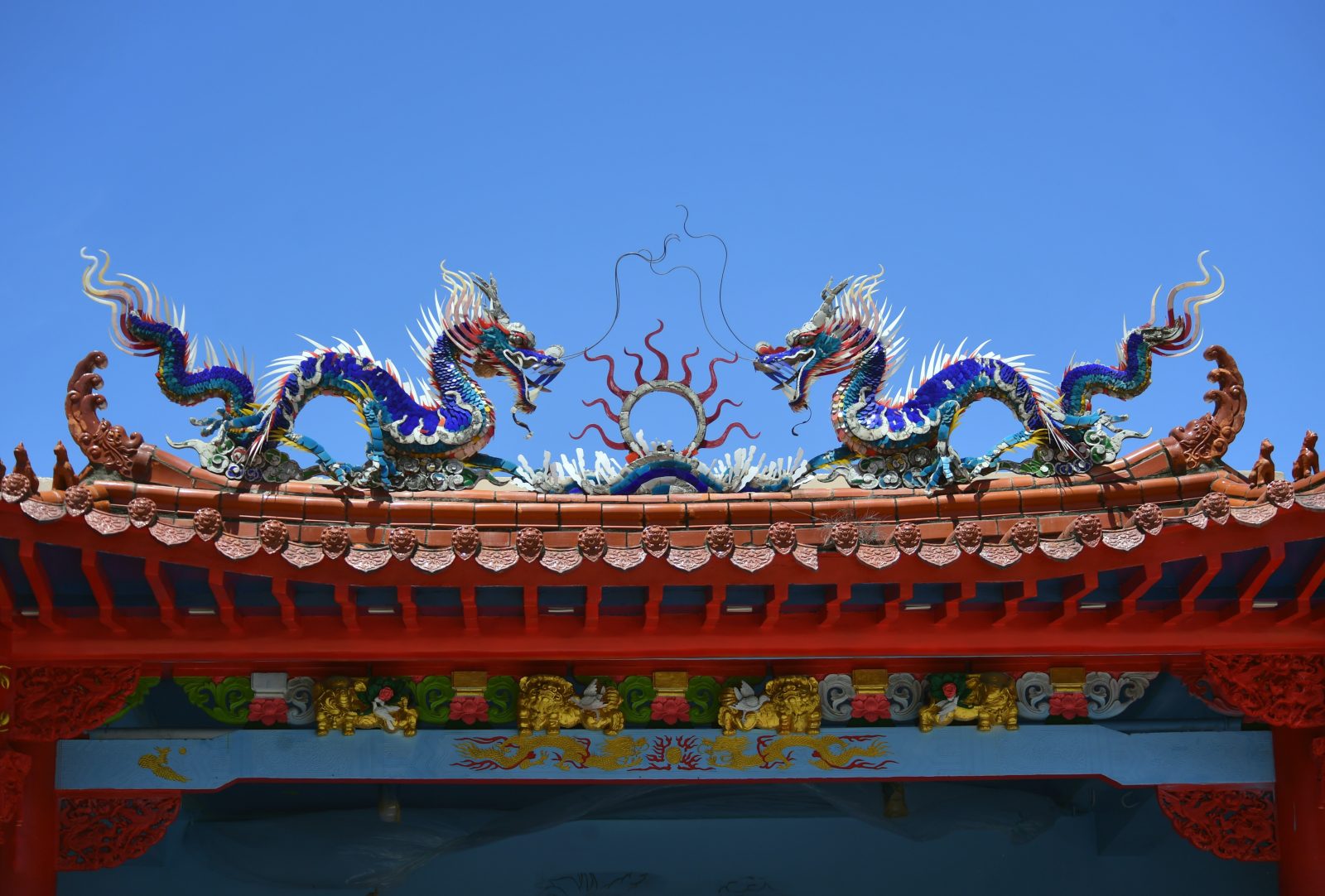
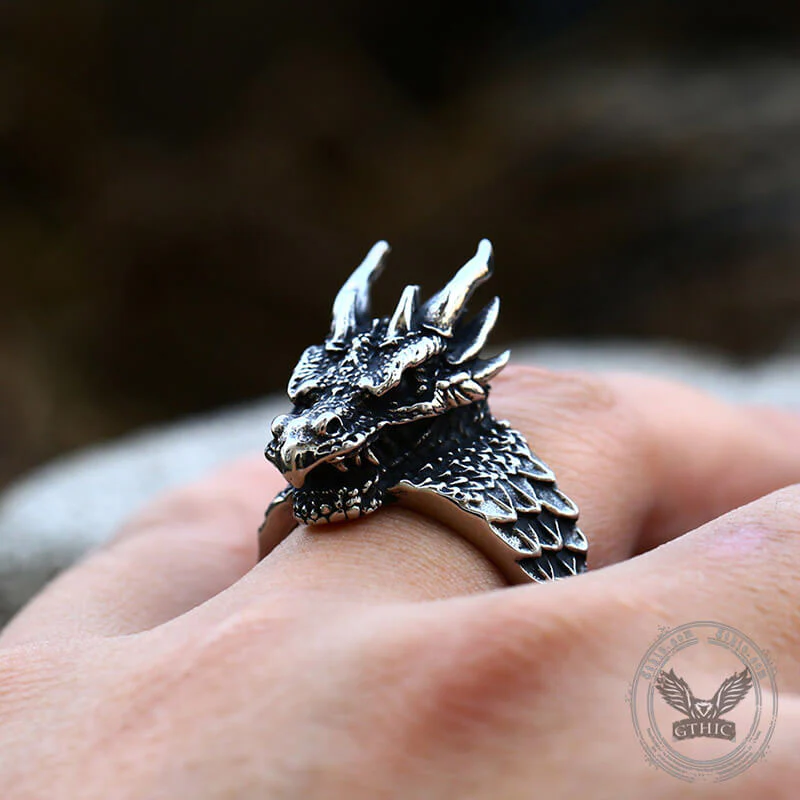

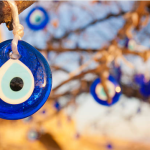
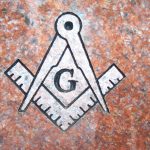







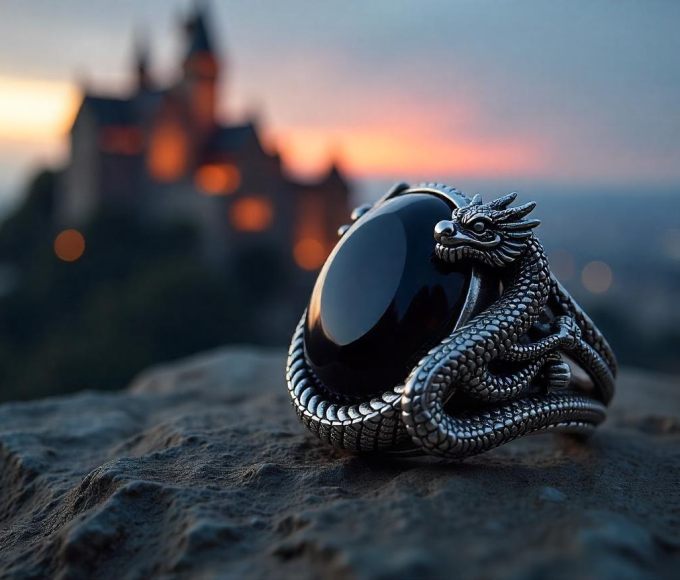
Leave a comment